Hi there, pet lovers! 🦎💧
Axolotls (Ambystoma mexicanum) are one of the most fascinating creatures in the exotic pet world. With their permanent “baby face,” feathery gills, and incredible regenerative abilities, these aquatic salamanders have captured the hearts of hobbyists and scientists alike. But are they the right pet for you?
In this detailed review, we’ll explore everything you need to know about axolotls—from their unique biology and care requirements to their availability and costs. Whether you’re a beginner or an experienced keeper, this guide will help you decide if an axolotl is the perfect addition to your home.
Overview
Axolotls are neotenic salamanders, meaning they retain their juvenile features (like external gills) throughout their entire lives. Native to the lakes of Mexico, they are fully aquatic and thrive in cool, clean water. Here’s a quick summary of what makes them special:
- Handling and Temperament: Best observed rather than handled; delicate gills and sensitive skin.
- Care and Maintenance: Require a well-maintained aquarium with cool temperatures and low water flow.
- Health and Durability: Hardy when kept in proper conditions but sensitive to poor water quality.
- Availability: Common in captivity due to breeding programs; wild populations are critically endangered.
- Cost: Moderate initial setup, with ongoing costs for filtration and cooling.
- Overall: A unique and rewarding pet for dedicated aquarists who enjoy low-interaction but high-fascination animals.
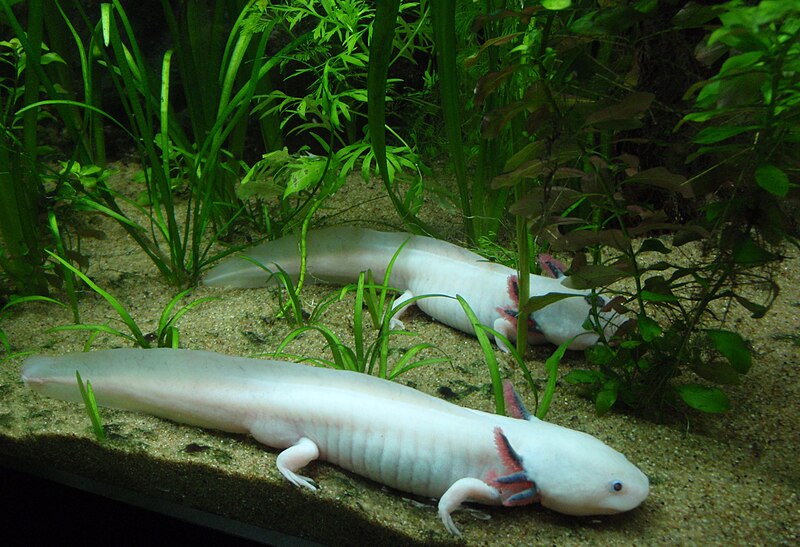
Why Choose an Axolotl?
Axolotls are unlike any other pet. Their alien-like appearance, regenerative superpowers, and fully aquatic lifestyle make them a captivating choice for those who love observing rather than handling their pets.
- Low Maintenance Interaction: They don’t require handling and are best enjoyed from outside the tank.
- Fascinating Biology: Capable of regenerating limbs, spinal cords, and even parts of their heart and brain.
- Long Lifespan: With proper care, they can live 10-15 years or more.
- Unique Personalities: While not social like mammals, they display individual behaviors—some are shy, while others are curious and active.
However, they are not for everyone. Their need for cool, clean water and minimal handling means they suit patient, detail-oriented keepers.
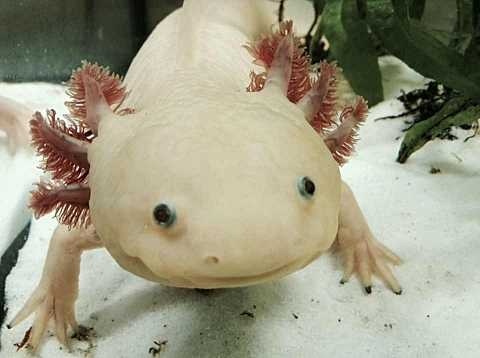
Handling and Temperament
Can You Hold an Axolotl?
Axolotls are not hands-on pets. Their delicate, permeable skin and external gills make them highly sensitive to:
- Chemicals (lotions, soap residues, etc.)
- Temperature changes
- Physical damage (especially to their gills)
If handling is necessary (e.g., during tank cleaning), it should be:
- Brief (a few seconds at most).
- Done with wet hands to avoid removing their protective slime coat.
- Avoided with young children, as accidental drops or squeezes can be fatal.
Do Axolotls Bite?
They have small, weak teeth and may nibble out of curiosity, but their bite is harmless to humans. However, they can mistake fingers for food, so it’s best to avoid unnecessary contact.

Care and Maintenance
Tank Setup
- Tank Size: Minimum 20 gallons for one adult (30+ gallons is better).
- Substrate: Fine sand or bare-bottom—gravel can cause deadly impaction.
- Filtration: Sponge or canister filter with low flow (strong currents stress them).
- Hiding Spots: PVC pipes, caves, and live/silk plants (avoid sharp decorations).
Water Conditions
- Temperature: 60-68°F (16-20°C)—anything above 72°F (22°C) is dangerous.
- pH: 6.5-8.0 (neutral to slightly alkaline).
- Ammonia/Nitrites: Must be 0 ppm (axolotls are highly sensitive to toxins).
- Nitrates: Below 20 ppm (regular water changes are a must).
Pro Tip: A chiller may be needed in warm climates to keep temperatures stable.
Feeding
Axolotls are carnivorous and eat:
- Pellets (sinking carnivore pellets).
- Live/Frozen Foods (bloodworms, earthworms, brine shrimp).
- Occasional Treats (small pieces of fish or shrimp).
Feeding Schedule:
- Juveniles: Daily.
- Adults: Every 2-3 days.
Avoid:
- Feeder fish (risk of parasites).
- Large prey (can cause choking).

Health and Durability
Common Health Issues
- Stress from Poor Water Quality (leads to fungal/bacterial infections).
- Gill Damage (from strong water flow or rough handling).
- Impaction (from ingesting gravel or large food items).
- Overheating (can be fatal quickly).
Signs of a Healthy Axolotl
- Active but not frantic swimming.
- Fluffy, bright red gills (not shriveled or pale).
- Smooth, unblemished skin.
- Good appetite.
Lifespan
With proper care, axolotls can live 10-15 years, with some reaching 20 years in exceptional cases.
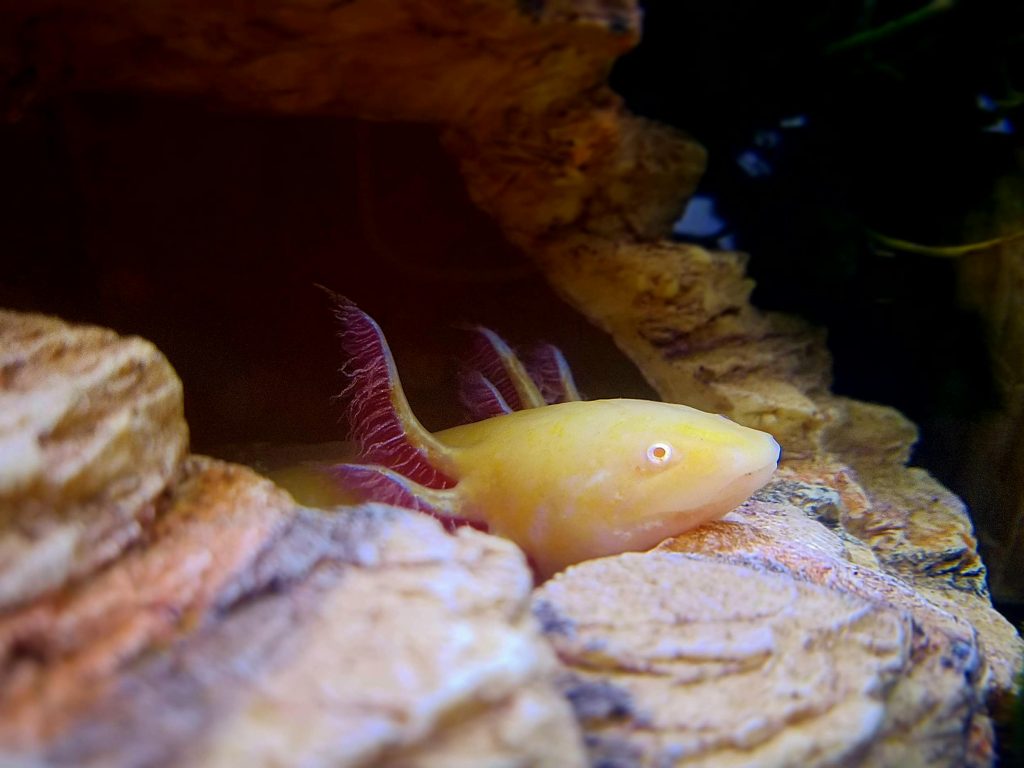
Availability and Cost
Where to Buy
- Reputable Breeders (best for healthy, ethically sourced axolotls).
- Reptile/Exotic Expos (allows you to inspect before buying).
- Specialty Pet Stores (avoid chain stores with poor husbandry).
Price Range
- Standard Wild-Type/Golden: $30-$60.
- Leucistic/Albinos: $50-$100.
- GFP (Glow-in-the-Dark) Morphs: $100-$300+.
Setup Costs
- Tank & Lid: $50-$150.
- Filter & Chiller: $100-$300.
- Substrate & Decor: $30-$80.
- Food & Water Test Kit: $30-$50.
Total Initial Cost: $200-$600 (depending on setup quality).
Pros and Cons
Pros
✔ Unique, mesmerizing appearance.
✔ Low maintenance once tank is cycled.
✔ Long lifespan (10-15+ years).
✔ Fascinating regenerative abilities.
✔ No need for UV lighting.
Cons
✖ Requires cool water (may need a chiller).
✖ Sensitive to water quality (regular testing needed).
✖ Not a handling-friendly pet.
✖ Can be messy eaters (frequent cleaning required).
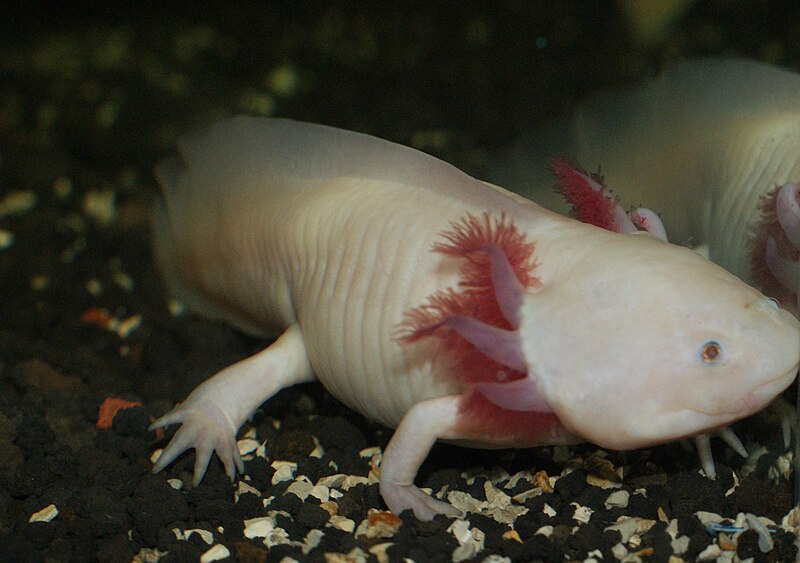
Final Thoughts
Axolotls are incredible pets for the right keeper—someone who enjoys observing rather than interacting and is committed to maintaining a stable aquatic environment. While they require more attention to water conditions than many reptiles or fish, their otherworldly charm and scientific wonder make them a truly unique choice.
If you’re ready for the challenge, an axolotl can be a lifelong companion unlike any other.
Have you kept an axolotl before? Share your experiences in the comments!
For more exotic pet guides, stay tuned to our blog—and don’t forget to subscribe! 🦎💧

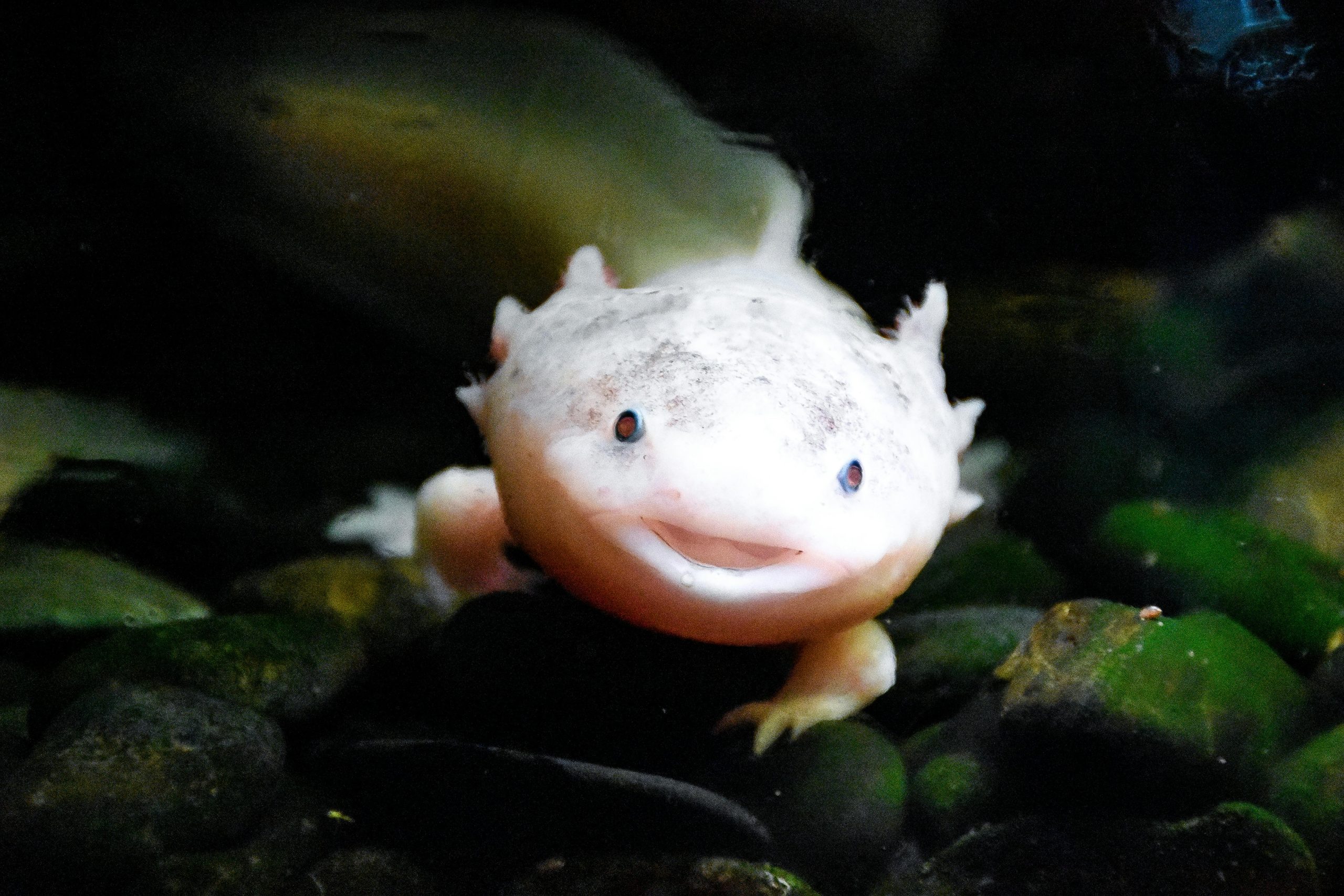


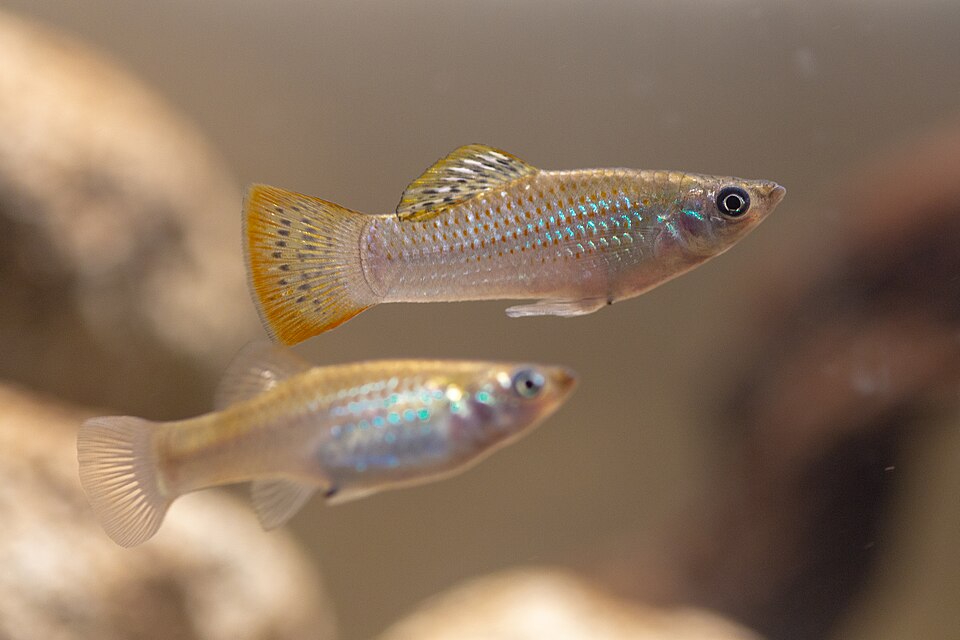

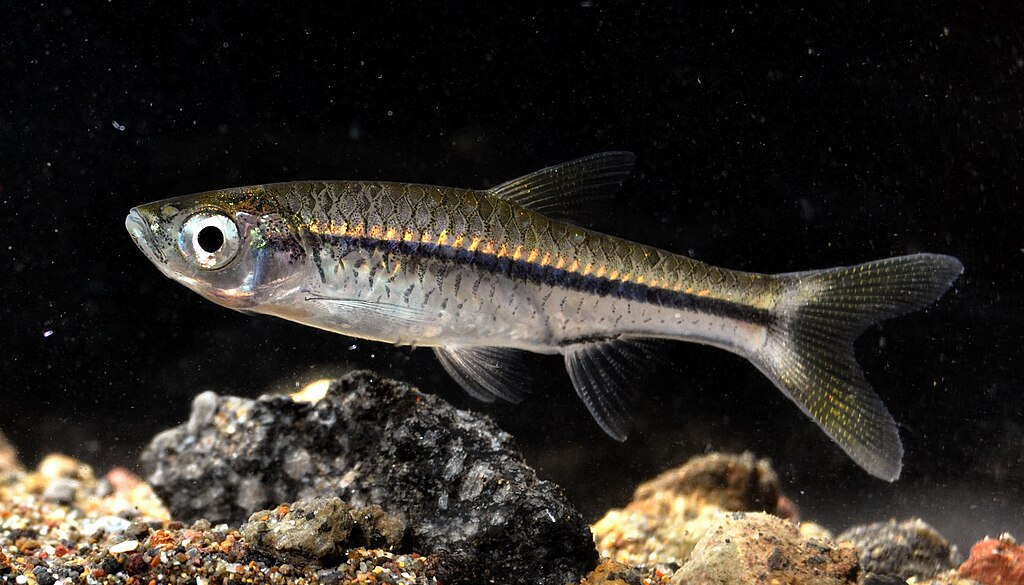
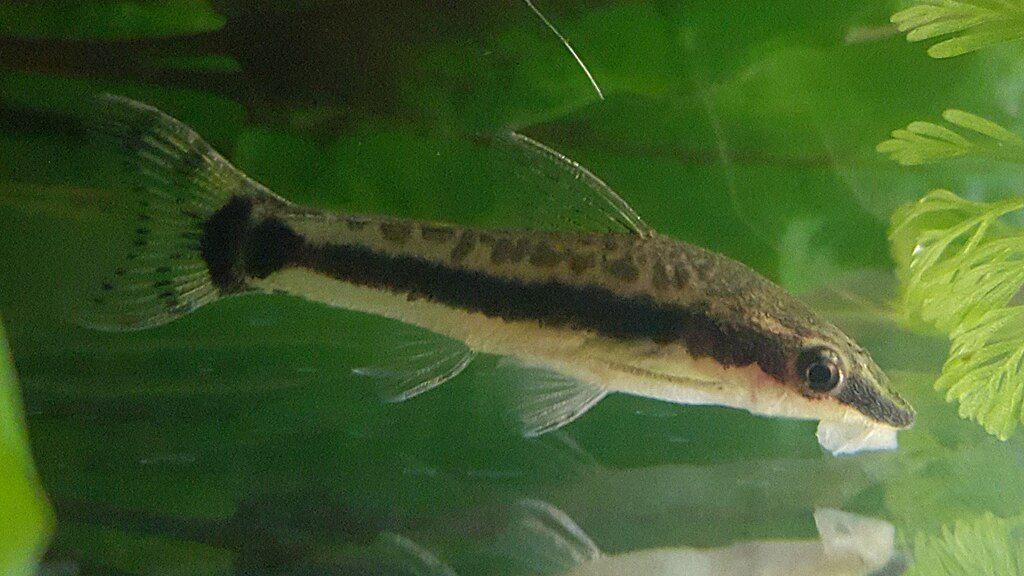
Leave a Reply